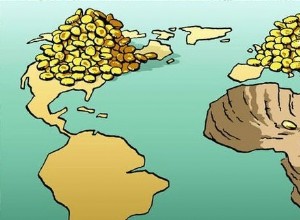In early 1941, the difficulties and complexities of the Battle of the Atlantic began to really make themselves felt. The heavy losses experienced by merchant ships in 1940, of which 2,186,158 tons had been sunk by submarines, were partly compensated by the use of many merchant navy vessels for war.




